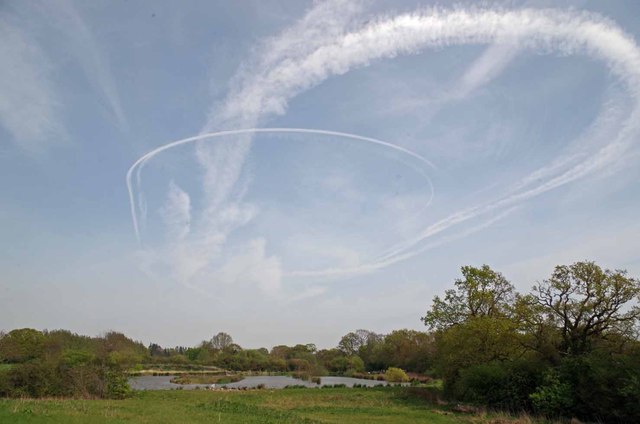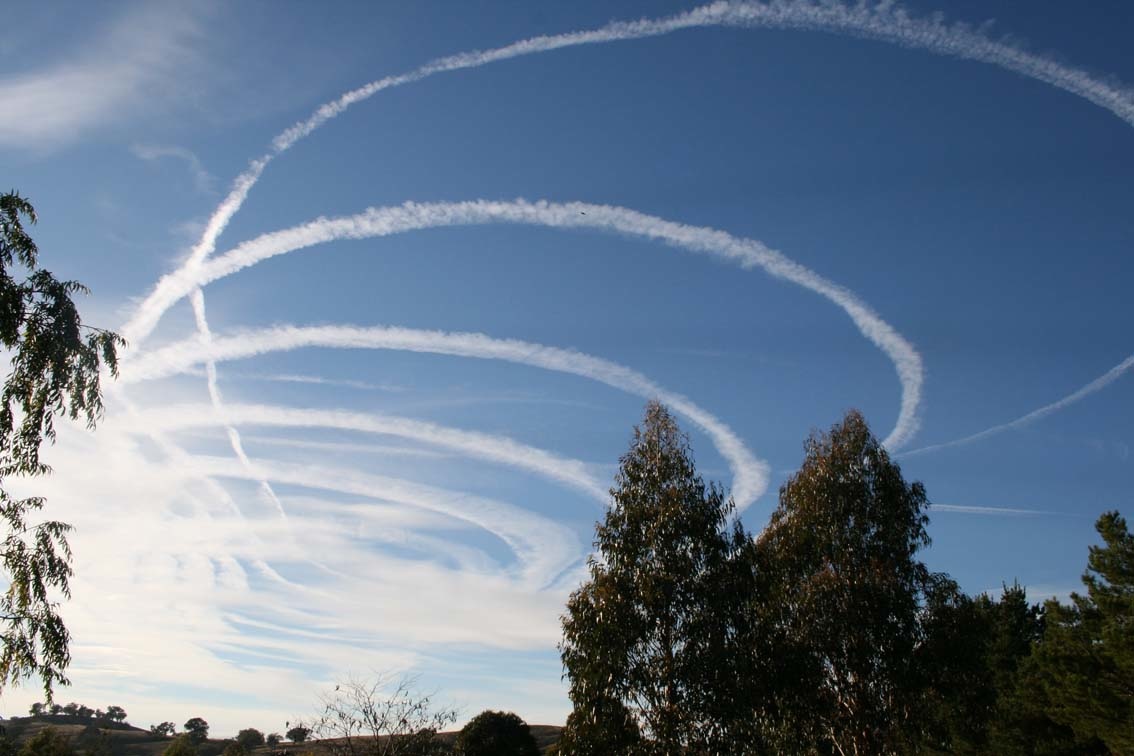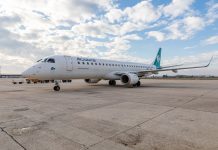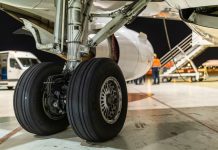There is no signage in the air. There are neither signs nor lines of demarcation, no traffic lights and no lanes. So, obviously, there are very strict standards to organise air traffic, especially near the most congested airports.
In order to allow all airplanes to take off and land in complete safety, sometimes they respect the logic of holding patterns, a complex but practical manoeuvring system that is used to hold an airplane on a portion of space called fix, while they wait for the authorisation from the control tower in order to continue driving or land.
The patterns are oval and, more precisely, they are made up of two straight lines (inbound and outbound tracks) and two connection turns of 180°. Each pattern lasts four minutes, one minute for each segment according to the inbound – turn – outbound – turn outline. In this way, every four minutes the airplane is positioned in coincidence with a radio assistance reference point such as a VOR or an NDB.

During the holding pattern, each airplane flies at a speed that allows it to consume the least fuel amount possible, a speed that changes based on the weight and the type of airplane. The horizontal trajectories of the different airplanes will be different, but they will never interfere with each other, because the quota of airplanes in holding are always different to each other, and so they guarantee total safety also in these flight phases.
It is natural to ask yourself how do different airplanes not overlap in holding patterns? It is simple: holding patterns are divided into “floors”, just like as if they were floors of a building, and they are located not too far from airport spaces, in order not to cause any obstruction. Each “floor”, which is technically called “flight level”, is vertically around 300 metres distant from the previous and the next ones, in order to guarantee the use of the same pattern for more airplanes in complete safety.
This “column” of airplanes that do oval holding patterns is called stack and the landing order is really smart: the shortest will be the first one to land, giving its place to the immediately superior one, which now will go down of one level, and so on.
Even in order to access a holding pattern, an airplane has to follow a predetermined manoeuvre.
There are three types of entries: direct (direct entry), parallel (parallel entry) or offset (offset entry), depending on the angle with which the airplane approaches the inbound track.
Finally, there is an important figure who manages all the patterns from the control tower, and it is called stack manager, a person responsible for the correct order and safety of landings, especially when there is dense air traffic.
See you soon geeks!




